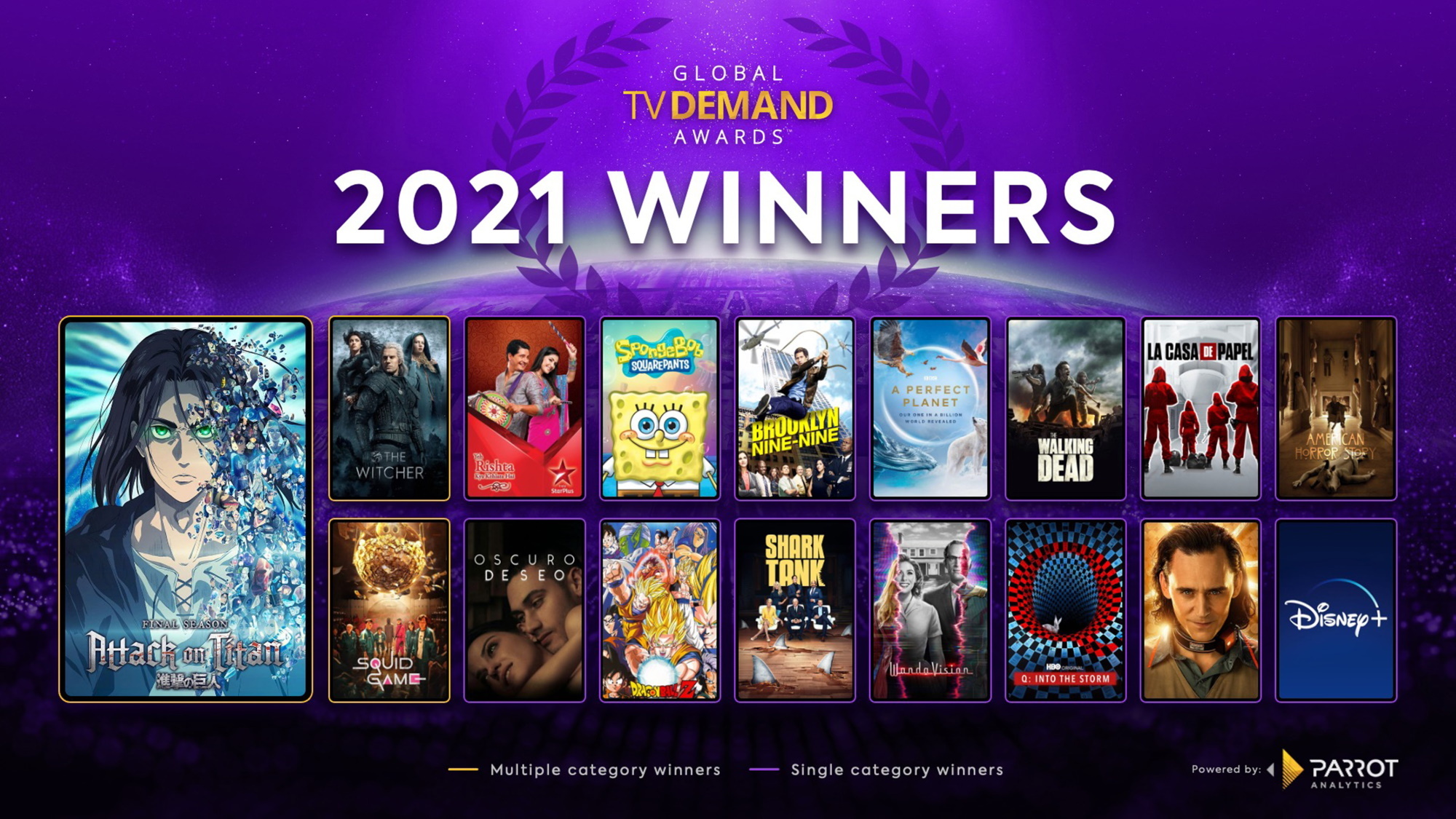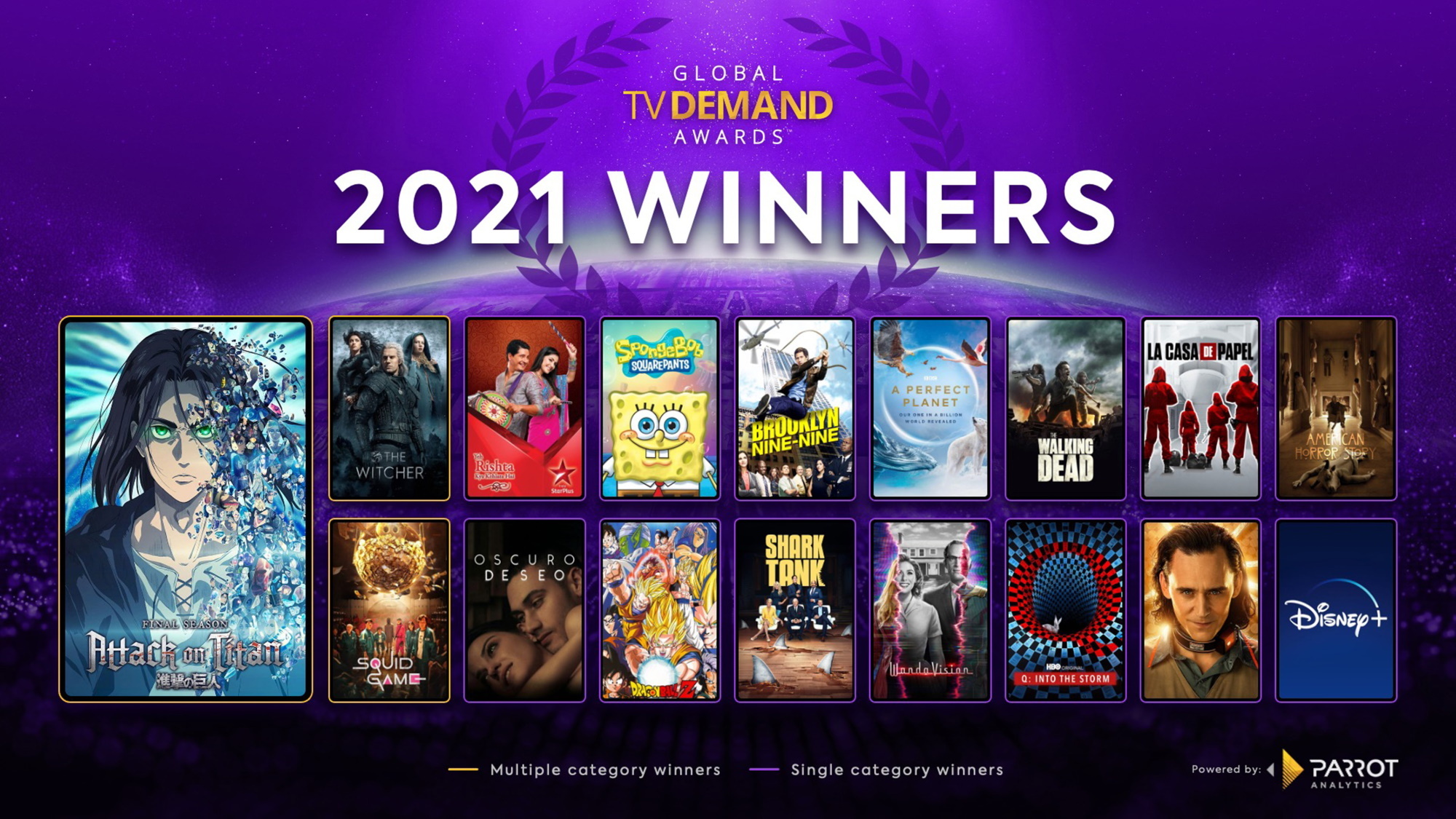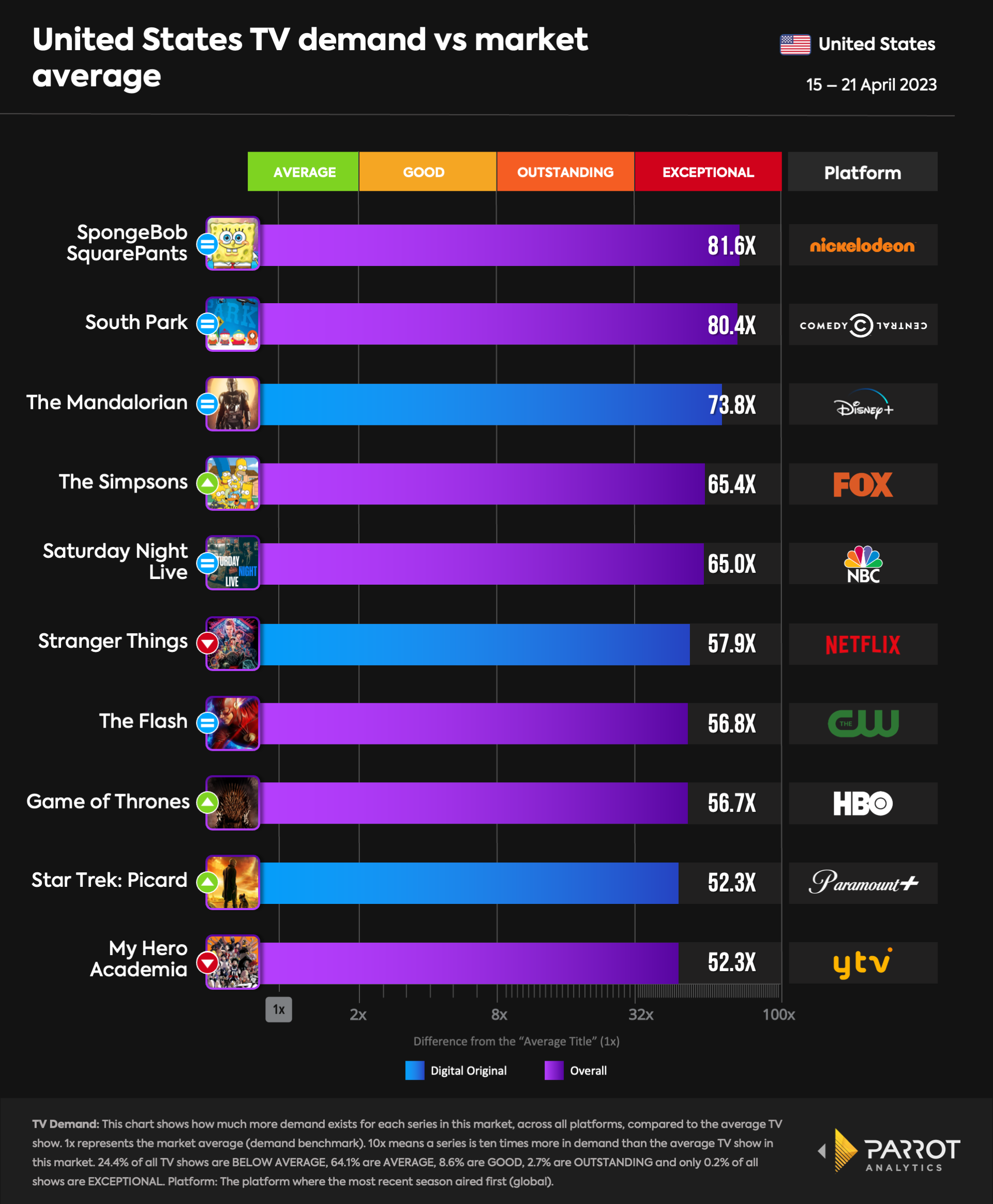Global TV Show Trends: Exploring the Evolution and Influence
Television has evolved dramatically over the last few decades, transitioning from traditional broadcasting to a diverse, global landscape shaped by streaming services, cultural shifts, and technological advancements. In this article, we’ll delve into the current trends affecting global TV shows, exploring how they have transformed the way we consume entertainment and what the future may hold.
The Rise of Streaming Platforms
One of the most significant shifts in the television industry has been the rise of streaming platforms. Services like Netflix, Hulu, and Amazon Prime Video have revolutionized how we watch TV, offering viewers unprecedented access to a vast library of content. According to a report by Statista, over 1.5 billion people worldwide subscribed to streaming services in 2023, reflecting a dramatic increase from previous years.
How Streaming Changed Viewing Habits
- Binge-Watching Culture: Streaming allows viewers to consume entire seasons at their own pace, fostering a binge-watching culture. Shows like Stranger Things and The Crown have become cultural phenomena as fans eagerly devour episodes in one sitting.
- Diverse Content Offerings: Streaming platforms invest heavily in original content to attract and retain subscribers. This competition has led to a surge in high-quality programming across various genres.
- On-Demand Viewing: The flexibility of on-demand viewing enables audiences to watch content whenever and wherever they choose. This shift has diminished the importance of traditional television schedules.
Key Global Trends in TV Shows
As the television landscape evolves, several key trends have emerged that reflect the changing tastes and preferences of viewers worldwide.
Genre Shifts
Television genres have transformed significantly over recent years, with some genres gaining immense popularity while others decline. Here are a few notable shifts:
- Reality TV: Shows like The Bachelor and Survivor have consistently drawn large audiences, proving that reality TV is here to stay. This genre allows for audience engagement and relatable storytelling.
- Limited Series: The rise of limited series, such as The Queen’s Gambit and Mare of Easttown, showcases how viewers appreciate concise storytelling with high production values.
- Fantasy and Sci-Fi: Series like Game of Thrones and The Mandalorian have captivated global audiences, demonstrating a strong appetite for imaginative narratives that escape reality.

The Importance of Diversity
Increasing representation in television is not just a trend; it’s a necessity. Audiences are demanding stories that reflect the diversity of the world around them.
- Storytelling from Varied Perspectives: Platforms are investing in content that explores different cultures, identities, and experiences. For example, shows like Lupin (French) and Money Heist (Spanish) have gained international acclaim, demonstrating the appeal of diverse narratives.
- Gender Representation: There’s a growing emphasis on female-led stories and shows that feature strong female characters. Series like The Handmaid’s Tale and Killing Eve highlight the complexities of women’s experiences.
Short-Form Content
With attention spans decreasing and the rise of social media, short-form content has become increasingly popular.
- Mini-Series and Short Episodes: Platforms are experimenting with shorter series formats, making it easier for viewers to consume content in quick bursts. Shows like Love, Death & Robots and High Maintenance cater to this demand for brevity without sacrificing quality.
- Content for Mobile Viewing: With many viewers watching on their smartphones, short-form content is ideal for on-the-go consumption, aligning with modern lifestyles.
Cultural Influences on TV Shows
The globalization of content has reshaped the television landscape, with cultures influencing narratives and formats across borders.
Globalization of Content
The world is more interconnected than ever, leading to a cross-pollination of ideas in the television industry.
- Cultural Exchange: Successful shows are often adapted or remade for different markets. For instance, The Office, originally a British series, found incredible success in the United States and has spawned multiple international versions.
- International Collaborations: Co-productions between networks and platforms from different countries are becoming more common, resulting in unique storytelling that blends cultural elements.
Localization Strategies
To succeed in local markets, networks must adapt their content to resonate with specific audiences.
- Tailoring Content: Local adaptations of popular series, such as The Big Bang Theory in Russia, demonstrate how networks strive to make content relatable to local viewers.
- Understanding Cultural Nuances: Successful shows consider the cultural context, humor, and social norms of the target audience, ensuring that stories connect on a deeper level.
Technology and Innovation in TV Production
The integration of technology into television production is redefining the industry and how stories are told.
Virtual Reality and Augmented Reality
The emergence of VR and AR technologies is transforming viewer experiences, making them more immersive.
- Interactive Storytelling: Shows utilizing VR allow audiences to step into the narrative. For example, The Walking Dead has explored immersive experiences that engage viewers in new ways.
- Enhanced Engagement: AR technology offers interactive elements that enhance traditional viewing, such as companion apps that provide additional context during episodes.
AI in Content Creation
Artificial intelligence is becoming increasingly relevant in the television industry, particularly in content creation.
- Scriptwriting and Casting: AI can analyze audience preferences and trends to assist writers and producers in creating shows that resonate with viewers. By examining data, AI can help identify potential hits before they are even produced.
- Audience Engagement: AI tools can also enhance audience engagement by personalizing recommendations, ensuring viewers discover content that aligns with their interests.
Conclusion
As we have seen, global TV show trends are influenced by a variety of factors, including the rise of streaming platforms, cultural shifts, and technological innovations. These trends not only reflect changing viewer preferences but also shape the future of television itself. In the next section, we will explore the future of TV shows and what we can expect as the industry continues to evolve.
Stay tuned for the second half of this article, where we dive deeper into the future trends in the TV industry!
The Future of TV Shows
As we venture into the future, the television landscape is set to undergo further transformation. Let’s explore the anticipated trends and innovations that are likely to shape the next era of global TV shows.
Interactive and Engaging Formats
The demand for interactive content is expected to grow, allowing viewers to engage with their favorite shows in new and exciting ways.
- Choose-Your-Own-Adventure Models: Following the success of Netflix’s Black Mirror: Bandersnatch, more shows may incorporate interactive storytelling, allowing viewers to make choices that affect the narrative. This format enhances engagement and creates a personalized viewing experience.
-
Second-Screen Experiences: With the rise of mobile devices, shows are likely to develop companion apps that offer additional content, behind-the-scenes footage, and interactive elements during broadcasts. This not only keeps viewers engaged but also deepens their connection to the story and characters.
Sustainability in Production
The growing awareness of environmental issues has led to a shift in how TV shows are produced.
- Eco-Friendly Practices: Productions are increasingly adopting sustainable practices, from using renewable energy sources on set to reducing waste. For instance, shows like The Good Place have implemented green initiatives in their production processes, setting an example for the industry.
-
Storylines Addressing Climate Change: Expect to see more narratives that explore climate change and sustainability themes, reflecting society’s ongoing concerns. Documentaries and fictional series that focus on environmental issues can raise awareness and encourage positive change.
The Impact of Artificial Intelligence
AI is revolutionizing not just the production process but also how content is curated and delivered to audiences.
- Content Personalization: AI algorithms are becoming increasingly sophisticated at analyzing viewer habits, preferences, and feedback to curate personalized recommendations. This ensures that viewers discover shows that align with their interests, enhancing user satisfaction.
-
Script and Production Assistance: AI tools can assist in scriptwriting and even automate certain aspects of production, streamlining workflows and reducing costs. Shows like Sunspring, written entirely by an AI, showcase the potential of technology in creative storytelling.
The Evolution of Global Narratives
As television continues to thrive on a global scale, narratives are becoming more interconnected.
- Cross-Cultural Collaborations: Expect to see more collaborations between different countries, leading to innovative storytelling that blends cultures and perspectives. This approach can foster understanding and appreciation among diverse audiences.
-
Localization vs. Globalization: While global narratives are gaining traction, there will always be a place for localized content that resonates with specific audiences. Striking a balance between global appeal and local relevance will be key for success.
Frequently Asked Questions (FAQs)
1. What are the biggest trends currently shaping global TV shows?
The biggest trends include the rise of streaming platforms, an emphasis on diverse storytelling, the popularity of limited series, and the increasing importance of audience engagement through interactive formats.
2. How has streaming changed the way we watch TV?
Streaming has enabled binge-watching, on-demand viewing, and access to a vast array of content, allowing viewers to consume shows at their convenience rather than adhering to traditional broadcast schedules.
3. Why is diversity in television important?
Diversity in television ensures representation and inclusion, reflecting the complexities of society. It also enriches storytelling by offering varied perspectives and experiences, which can resonate with wider audiences.
4. How will technology continue to influence the television industry?
Technology will drive innovations in content delivery, audience engagement, and production processes. AI and interactive formats are expected to play significant roles in shaping the future of TV.
Conclusion
As we look ahead, the future of global TV shows promises to be dynamic and exciting. With the ongoing evolution of streaming platforms, the push for diversity, and advancements in technology, the industry is set to thrive. By embracing these changes, television can continue to entertain, inspire, and foster connections across cultures and generations.
Stay tuned as we navigate this exciting landscape together and celebrate the power of storytelling in all its forms!
By staying informed about these trends and adapting to the ever-changing landscape, both creators and viewers can play a part in shaping the future of television. Whether you’re a fan of gripping dramas, enlightening documentaries, or captivating reality shows, the future looks bright for global TV entertainment.



